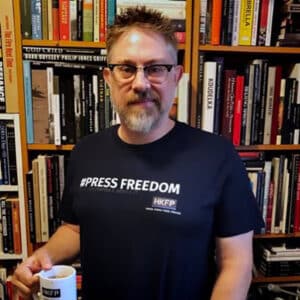In 2020, photojournalist Finbarr O’Reilly was the laureate of the 11th edition of the Carmignac Photojournalism Award, which was dedicated to producing a body of work about the Democratic Republic of Congo (DRC). But the outbreak of COVID-19 scuttle...



